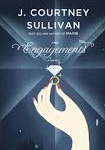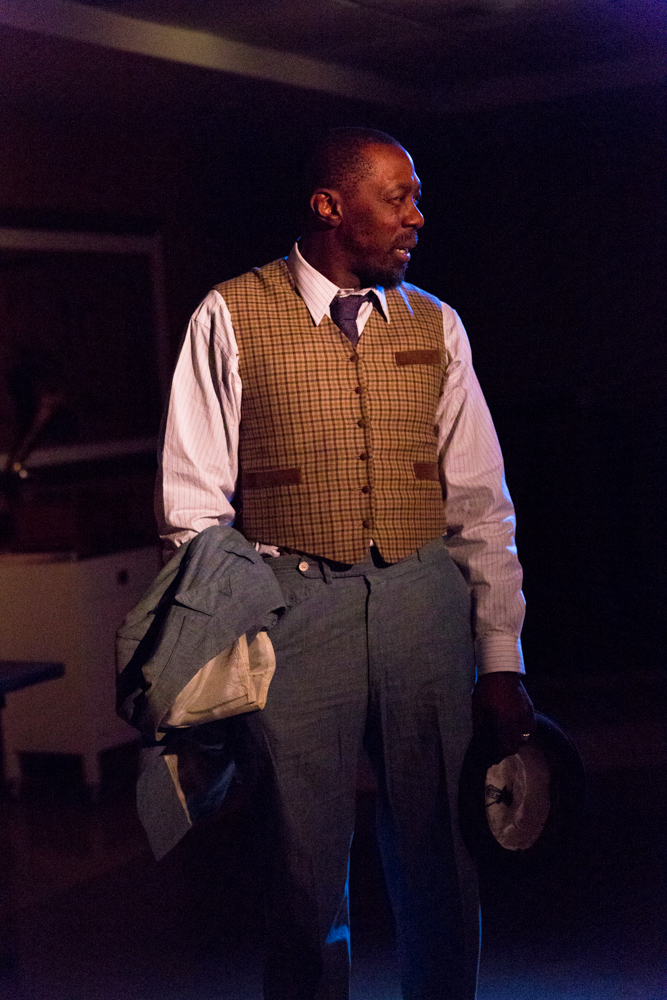Listen to Episode 26: Tough Crowd
In this Episode:
Micah tells us about his most difficult heckler (and the life lesson in the bathroom that followed it), and Cecelia shares a short story about her experience with race relations during her time in the Dominican Republic. It involves her dog. PLUS, the first guest is announced for the live show/BIRTHDAY EXTRAVAGANZA on March 5th, and a new drink inspired by a friend! Like what you hear? Tip me! Or give the show 5 stars! And you can get your tix to the live show here!
About The Guests:
Micah Sherman is an actor, comedian, improviser and all around great guy. He is currently finishing up production on his feature length film, Like Me: A Documentary About Social Media. You can see him perform regularly at The PIT with his team The Baldwins, or in the awesome play Give The People What They Want on Jan. 31st. Like musical comedy? His CD is available here.
Cecelia Rembert is an amazing artist based in Brooklyn. Here is one of her pieces:
Music Credits:
“Setting Sun” by Chris Powers
“Head Full of Whispers” by Electric Turn to Me
“6’1″” by Liz Phair
“Bottled in Cork” by Ted Leo & The Pharmacists
Source: Tell The Bartender
http://tellthebartender.com/2014/01/27/episode-26-tough-crowd/























































































 Brooklyn
Brooklyn 


